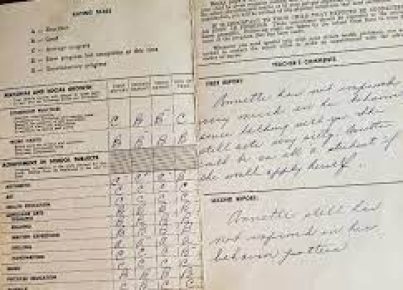Assessment is an integral part of the educational process, offering both educators and students important insights into learning progress and comprehension. There are several types of assessments, each serving specific purposes and providing different types of data about student learning.
Formative Assessment:
Formative assessment occurs during the learning process to monitor student learning and provide ongoing feedback that can be used to improve both teaching and learning. Examples include quizzes, think-pair-share activities, discussions, and in-class tasks. The main goal is to identify challenges and adjust teaching strategies to meet student needs.
Summative Assessment:
Summative assessments are typically given at the end of a course or unit to evaluate student learning compared to content standards. These could include final exams, projects, or standardized tests. Summative assessments tend to be cumulative, providing a summary of what students have learned or the level of skills they have acquired.
Diagnostic Assessment:
Diagnostic assessments are used to ascertain a baseline before instruction begins. They help pinpoint students’ strengths and weaknesses, prior knowledge, and skill sets before the teacher proceeds with the curriculum. Placement tests are common examples that help in identifying appropriate levels of instruction for learners.
Performance-Based Assessment:
This type of assessment requires students to perform a task rather than select an answer from a pre-determined list. Examples include presentations, demonstrations, or literary analysis. Performance-based assessments focus on students’ ability to apply what they’ve learned in practical scenarios.
Portfolio Assessment:
Portfolio assessments involve collecting a variety of student works over time which reflects their efforts, progress, and achievements in one or more areas. The portfolio may include essays, problem sets, art pieces, or research projects. This allows for a comprehensive view of a student’s development over an extended period.
Self-Assessment and Peer-Assessment:
Self-assessment involves students reviewing their own work and performance to identify areas where they excelled or need improvement. Peer-assessment allows students to give feedback on each other’s work based on set criteria. Both types encourage reflection on one’s own work and foster skills such as critical thinking and collaboration.
Norm-Referenced vs. Criterion-Referenced Assessments:
Norm-referenced assessments compare a student’s performance against a national or other norm group. An example is standardized IQ tests. Criterion-referenced assessments measure student performance against fixed criteria or benchmarks; for instance, proficiency tests that gauge abilities against predefined standards regardless of peer performance.
Each assessment type has its place in education and ideally should be used in concert with others for a well-rounded approach to understanding and improving educational outcomes. By utilizing various forms of assessment, teachers can offer more personalized instruction that meets the diverse needs of all students while also setting clear expectations for achievement and growth throughout the school year.





